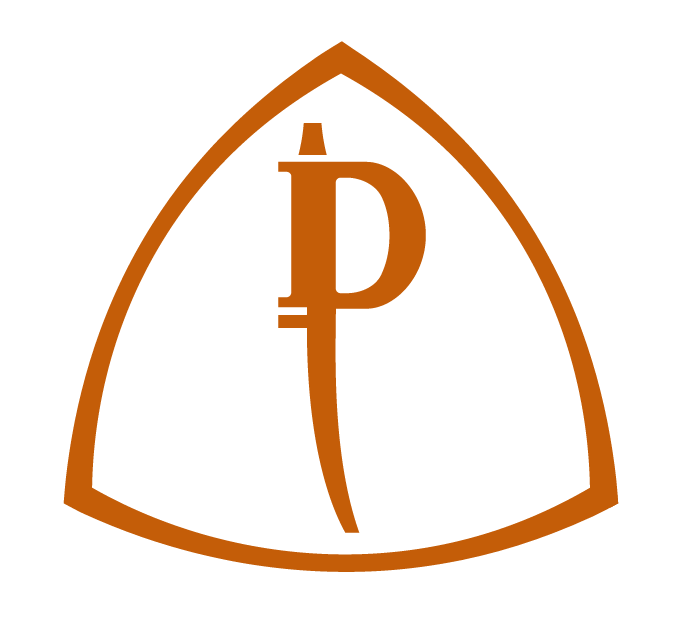
Owen pours molten lead into plaster casting mold. After being introduced to the use of ducks, or spline weights, for laying out curves. Jim and Owen took it upon themselves to cast a set for themselves. Tool making continues to be a enjoyable activity at the school and one which our students continue to embrace. The original set of ducks were given to the school as a gift from our friends Ejler Hjorth-Westh and Todd Sorenson, two of the College of the Redwoods faculty.

The first duck coming out of the mold. Made from recycled tire weights and the mold made of plaster of Paris.

Jim and Owen and the first 'duck'. Well done. Braising rod will be used to create a hold down hook for the spline before receiving a plastic coating and leather pad.

Curved veneer panels in the vacuum press. A great deal of work goes into the making of a curved door. Students learn a variety of hand and machine methods involved in this process.

Jason shares with the class the inspiration for his showcase cabinet complete with curved veneered marquetry panels and curved glass.

Owens tapered laminations in dry run. A challenging method done very well!

Tapered Laminations complete with sled, and shop drawing along with a few of the hand tools used to create them. The curve is laid out and transferred to a piece of poplar which is cut on the bandsaw and shaped using spoke shaves and hand planes and flaw board is applied. Measurements are extracted from the finished form and a sled is created to taper each of the laminates that have been resawn on the band saw. Test passes are made and the sled is refined until the laminates fit the form perfectly.

Jason demonstrates double bevel marquetry method to our students. Alumni continue to be our schools most cherished resource. Jason has developed into a very fine craftsman and we expect big things from this young man in the coming years.

Each student had the opportunity to make a curved veneered panel. The three pictured are at different stages. Each panel consists of 11 pieces of wood. We begin by by laying out and refining a template which is transferred onto a piece of 8/4 poplar. The poplar is hand planed to shape, flaw board is applied and a core or three layers of Italian bending plywood is laminated on the form in the vacuum press. While the core is in the press, students are given a piece of eastern hard maple. Edges to be applied are removed prior to cutting the veneers on the band saw. Once out of the press, 'baked in' edges are applied and flushed to the core using smoothing and coopering planes. The panel returns to the press and receives veneers that have been cleaned up by hand using hand planes and scrapers. The panels sides are cleaned up with a jointer plane before applied edges are applied. The edges, also shot with a hand plane the applied, leaving a virtually invisible joint. All surfaces are hand planed and edges softened.

We finish off the week coopering. Students are taught the process of edge jointing using hand planes and encouraged not to use the jointer. They are then shown the process of beginning the shaping prior to gluing up the staves two at a time. With the panel glued up students use coopering, jointer and smoother planes to shape and taper as desired.

Jim and Owen have been a lot of fun and have made remarkable progress as craftsman. They have also been a delight to have as students. Our first six week Artisan Program wraps up this week, they will be dearly missed and we will look forward to their return.

Artisan E - Veneers & Curves. From left, Tom, Robert, Owen and Federico. Jim was away for the
pictures. He has gone to pick up his family arriving from Germany to join him for the final week of the Program.
